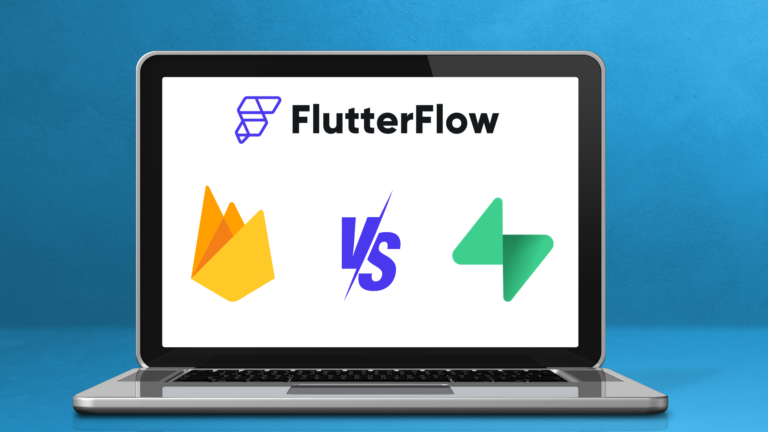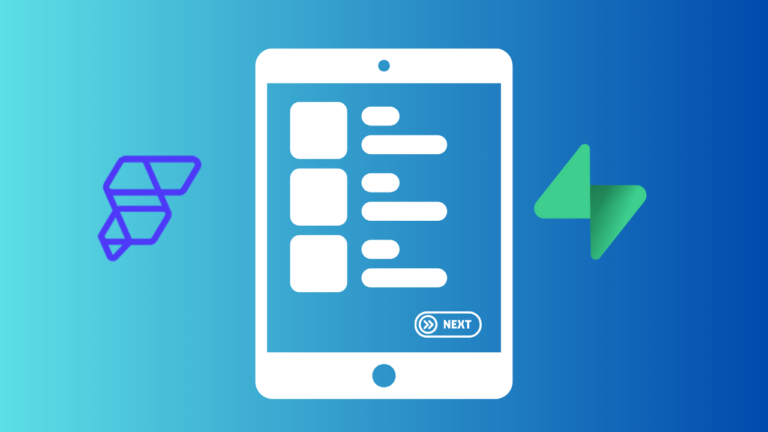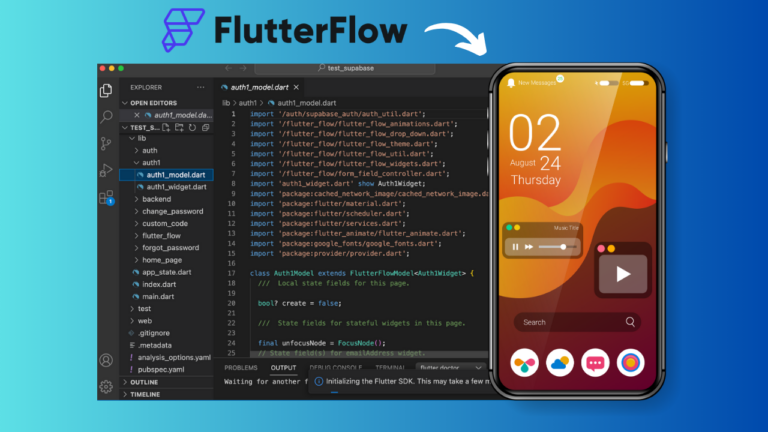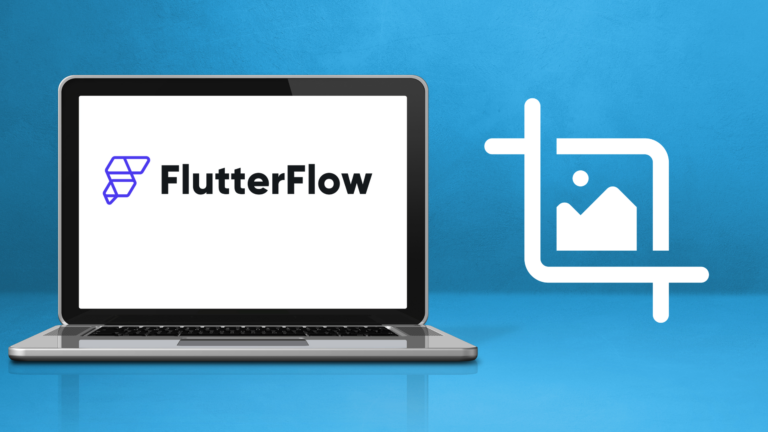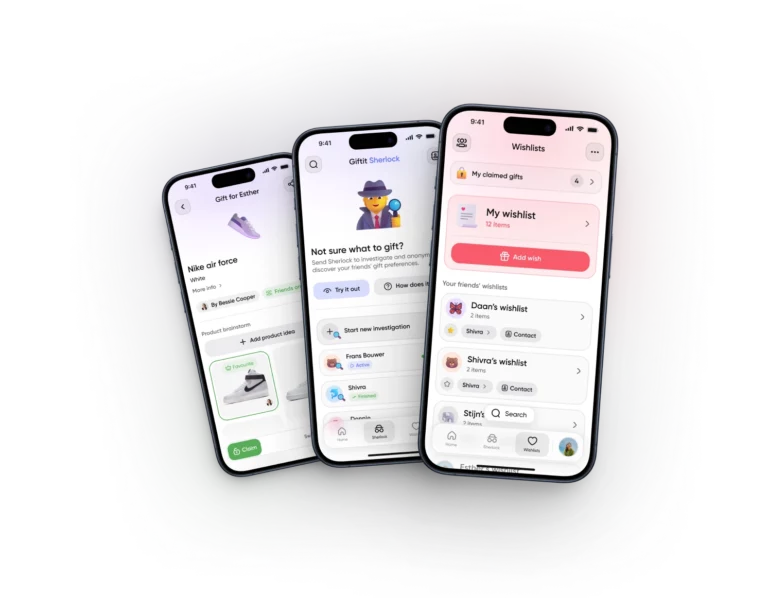FlutterFlow in Focus: The Features and Limitations of flutterflow
While FlutterFlow allows for easy and quick development, understanding its limitations is crucial. Knowing what you can and cannot build with FlutterFlow is essential for making informed decisions about your no-code development journey.
This blog post will delve into both the features and limitations of FlutterFlow, providing a balanced overview for those considering it for their no-code development journey.
Related:
+21 Flutterflow app examples I apps built with flutterflow
Top FlutterFlow Web App Examples for Inspiration
Flutterflow Features
In the world of app development, FlutterFlow stands out as a robust tool, offering a suite of features designed to streamline and enhance the app creation process.
- Visual Development: Intuitive drag-and-drop interface for building UI.
- Branching : Supports collaborative development with branching.
- Automated Testing: One of the standout features of FlutterFlow is automated testing, which ensures that app flows work as intended, reducing the time spent on manual testing.
- Screenshot Generator: The screenshot generator is another convenient tool, allowing developers to capture snapshots of their app quickly for marketing or development purposes.
- Cloud Functions: For backend functionalities, FlutterFlow offers cloud functions deployment, enabling serverless computing which can scale with your app’s needs.
- Animations: Create engaging UI animations.
- Push Notifications: Implement notifications for user engagement.
- Dark Mode: Supports dark mode UI designs. Chat: In-built chat functionalities.
- Real-Time Collaboration: Tools for team collaboration.
- Code Export: FlutterFlow also understands the importance of customization and control, offering code export options for further refinement outside the platform.
- Design Libraries: Access to various design elements.
- Platform Integration: its integration capabilities with platforms like Firebase, Google Maps, and Stripe, open up a world of possibilities, allowing for the creation of dynamic, data-driven, and feature-rich applications.
Flutterflow Limitations
1. Web Performance:
FlutterFlow is not optimized for web applications. The main issue is that Flutter, the underlying language of FlutterFlow, is designed primarily for native app development and lacks a Document Object Model (DOM), which is crucial for web apps.
This absence of a DOM layer impacts the performance of FlutterFlow apps on the web, particularly in terms of Search Engine Optimization (SEO).
Google struggles to index the content of Flutter apps correctly, which is a significant disadvantage for content-heavy applications like blogs or e-commerce sites.
2. Not a True No-Code Tool:
FlutterFlow is not entirely a no-code platform but rather a low-code tool. This means that while you can build applications without extensive coding, some understanding and interaction with code is necessary.

FlutterFlow users should be prepared to encounter and possibly work with code, making it less suitable for those who want to avoid coding altogether. This aspect is important for users to consider when choosing FlutterFlow for their app development needs.
3. Solopreneur Support:
FlutterFlow prioritizes support for larger, enterprise-level clients rather than individual entrepreneurs (solopreneurs).
This focus on bigger clients leaves a gap in support for solopreneurs, who often have to rely on community resources like Discord groups or online courses for assistance.
This is considered a significant oversight by FlutterFlow, emphasizing the importance of community-driven support to fill this gap.
4. Performance and Loading Times:
As projects grow in complexity, FlutterFlow may show limitations in performance, such as longer loading times, especially when dealing with custom code or actions. This can add to development time.
5. Deployment and Testing Limitations:
While FlutterFlow allows for direct deployment from its interface, there are limits to testing certain functionalities, like notifications, within the platform.
For comprehensive testing, especially for native features, one needs to export the code and test it on real devices or emulators.
Continuous Improvement:
Despite these limitations, FlutterFlow is constantly evolving and improving. There is optimism about the platform’s future, given its relative youth and the likelihood of addressing these performance and feature limitations over time.
Conclusion
In summary, FlutterFlow presents a powerful solution for app development with some current limitations. Issues like web performance, solopreneur support, and deployment challenges are acknowledged.
However, the platform is actively working on improvements, reflecting its commitment to continuous enhancement.
As FlutterFlow evolves, we can anticipate a more refined, feature-rich experience, making it a promising choice in the ever-evolving landscape of no-code and low-code development.

